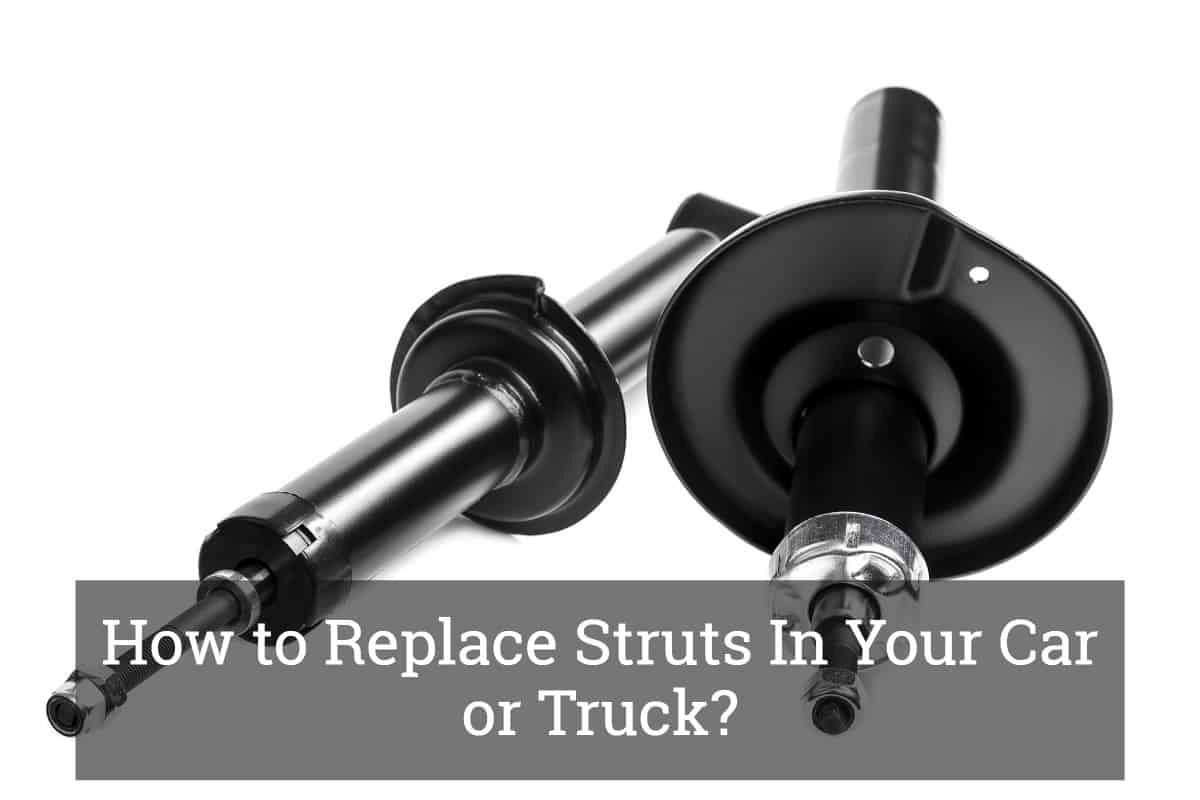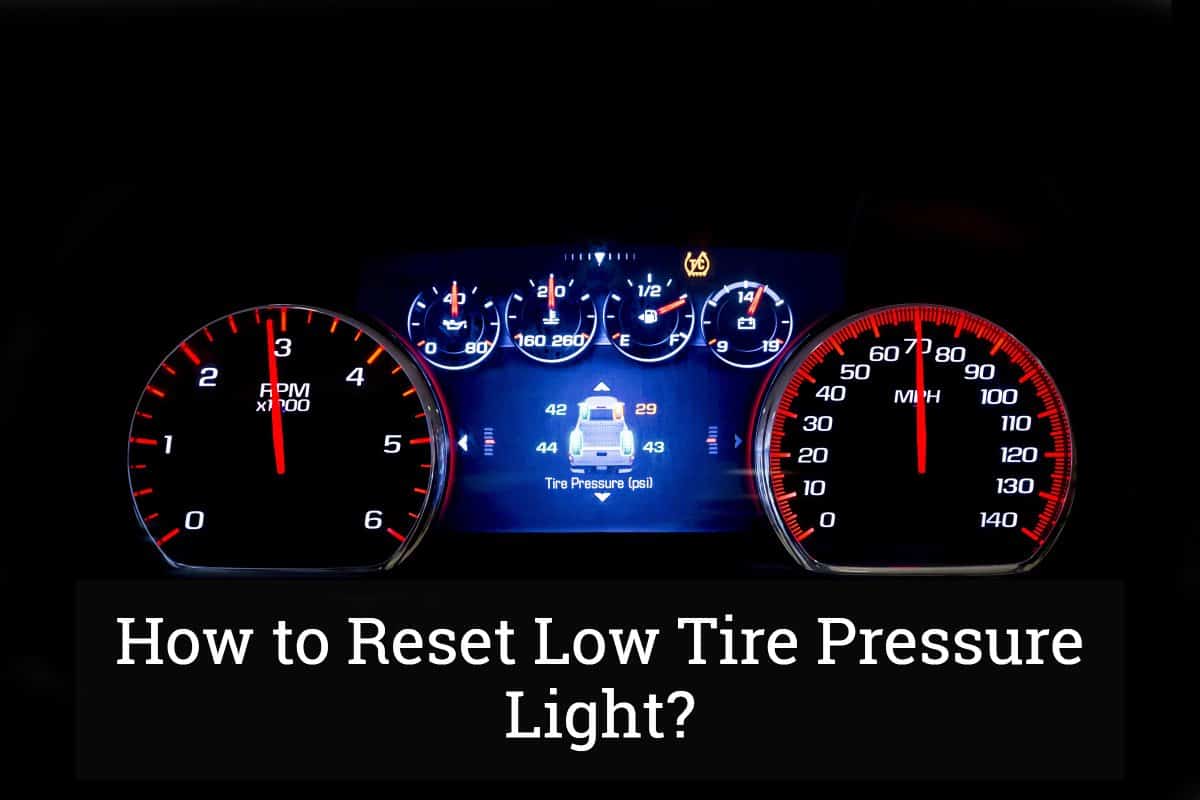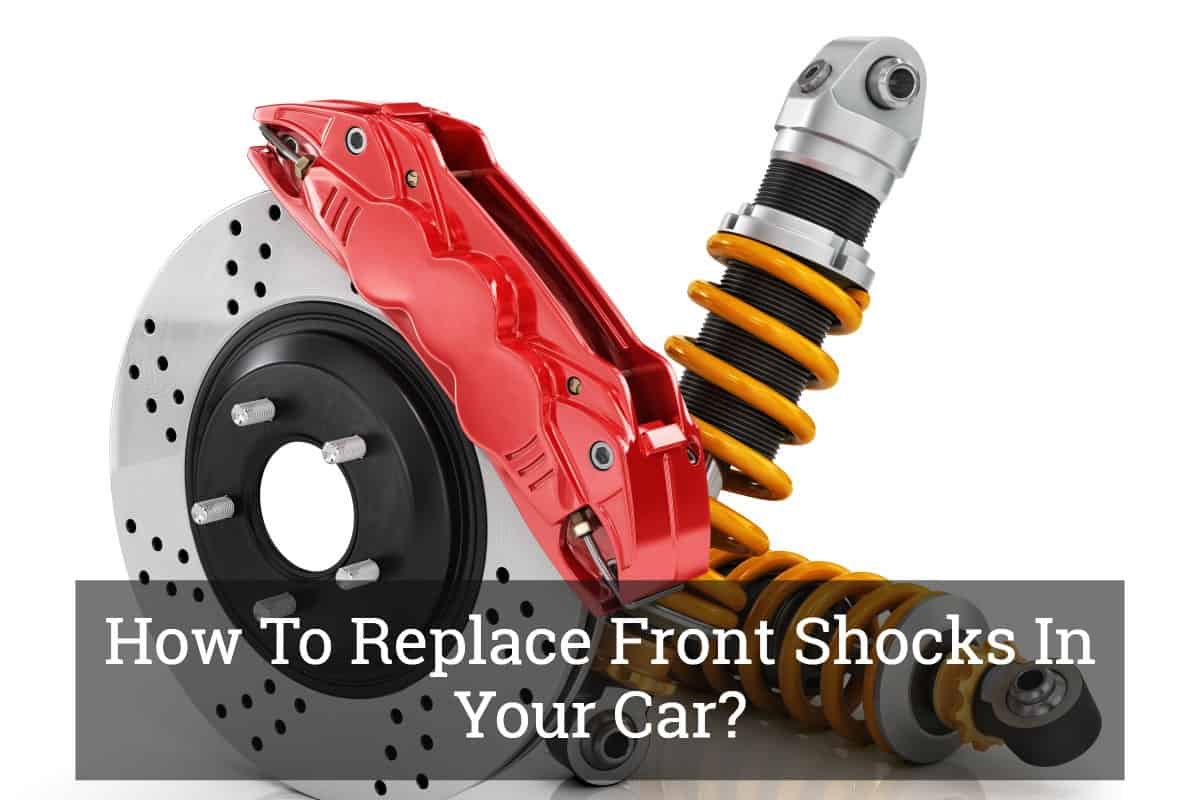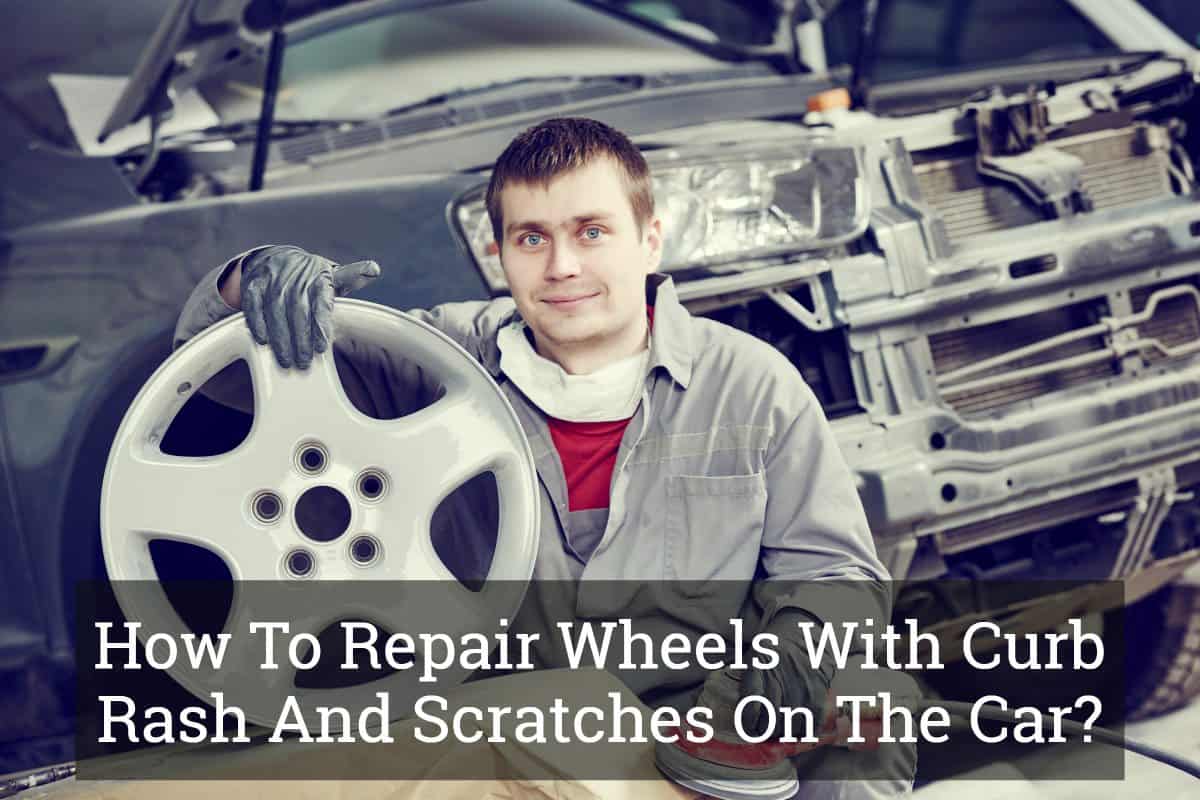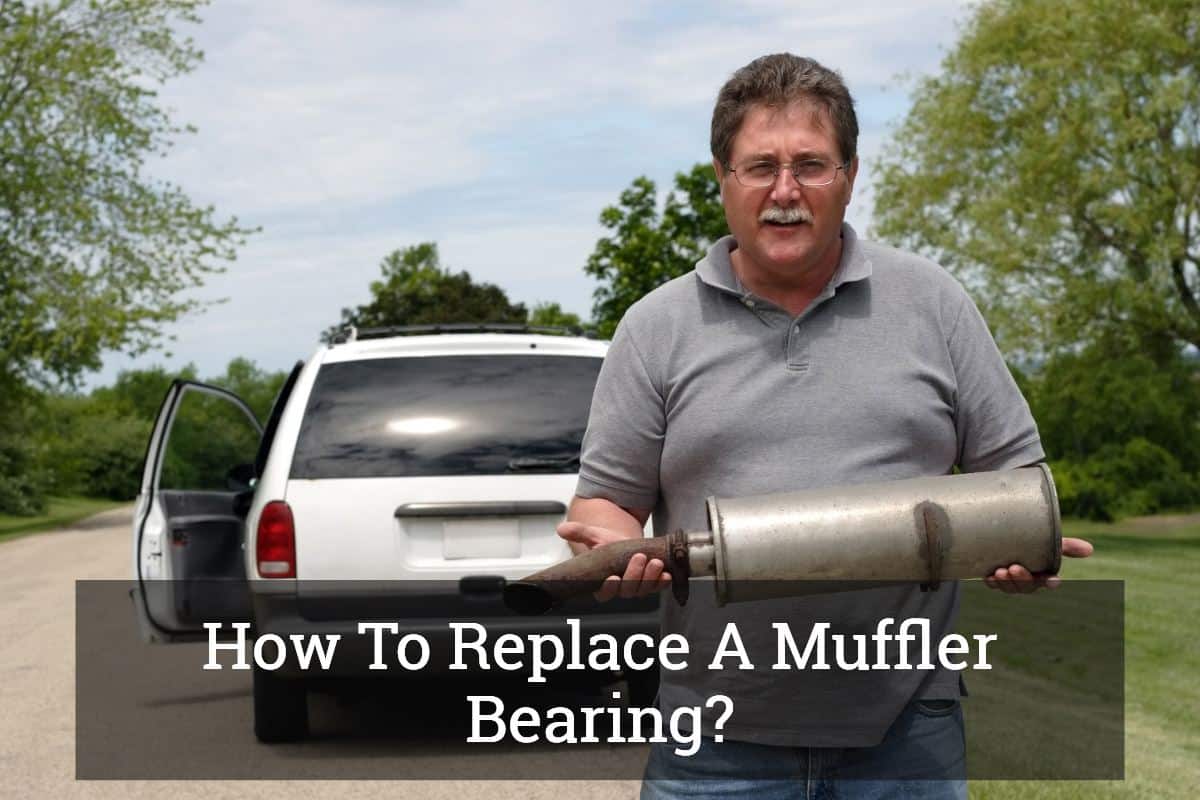If you have trouble with your household thing, a man will not care about the flaws in a house, but if he finds anything wrong with his vehicle, especially his car or truck, oh my god! He will cry out with pain.
We use cars to travel a long distance, which pays a way to affect the struts in your vehicle. Make some tests to confirm that your struts fail and it needs a replacement. However, all the guys ask the question which is how you will replace struts in your car or truck.
Don’t worry, guys. I have got your back covered up because here we are going to see the step-by-step instructions to replace your struts in your car or truck.
How to find that you need an Immediate Strut Replacement?
- If you travel more than 50,000 miles, then the struts need a replacement (it is not mandatory if the struts can go on. You can use it)
- While driving, if you feel a bouncy ride, make sure you check your struts’ condition.
- When you park or your car/truck is in motion, if you find any oil leakage in the strut area, then it needs a replacement.
- Sometimes, when we notice some bends or curves in the struts, there is no objection in changing the struts.
Things that you need to replace Your Car or Truck’s Strut

Photo Credit: https://www.youtube.com/watch?v=hWoOPI_xsIw
To change your struts for your car or truck, the standard hand tools that you are going to need are:
- Carjack
- Pry bars
- Hammer
- Screwdrivers
- Ratchets
- Wrenches
- Penetrating Fluid
- Breaker bar
Just like the eight standard tools to replace the struts in your car or truck, we have eight step by step instructions to replace the struts.
Step-by-Step Instructions to Replace the Struts in your Car or Truck

Photo Credit: https://www.youtube.com/watch?v=Uf3wVBUYxAE
Step One: Elevate your Car
First of all, you need to lift your car from the ground level and remove the wheel to replace the struts. Thus, to eliminate the wheel, you need a carjack. Place a car jack under the car and pump it to elevate your vehicle.
Step Two: Check the Struts
Do not forget to test the strut whether you have bought the correct strut that fits perfectly to your car or truck. You must double-check whether you have installed the jack in the right place. You must ensure that it does not fall while replacing the strut.
Step Three: Remove the Joints
Eliminate the strut from the knuckle of the wheel and the nut in the sway bar. Of course, you will find it quite difficult because of the rust and the firmness on the strut. So, to make your work as an easy go, just use the penetrating fluid for a quick job fix.
Just give some time to see the magic of the penetrating fluid then, you can precede the removing process. To remove the joints of the struts, first, you need to remove the brake line support. Just unhook the break line hook.
Step Four: Unscrew the Pinch Bull
After removing the broken line, by using a breaker bar loosen the tightness then, use a regular ratchet to remove the pinch bull from the strut. Usually, the pinch bull will be tight due to the rust formation over the strut and the wheel as well as the pinch bull. Once when you remove the pinch bull, the segment to eliminate is sway bar.
Step Five: Remove the Sway Bar
The next step in removing the strut is to screw out the sway bar. The sway bar bolt is located on the other side of the strut. So, turn the steering for your comfortable position to untie the bold from its fixed thread. If you feel bit awkward to remove the sway bar, then the bolds need some penetrating fluid.
After filling the penetrating fluid, use a wrench to untie the screw along with the torque. Place the torque in the middle the, and make you move to untie the sway bar.
Step Six: Eliminate the Strut Bolts at the Top
Once you remove the sway bar, the next thing you should do is to remove the stud from the thread. It is quite hard to remove. So, to eliminate the strut stud jack the disc of the wheel then elevate it to an extent, it will be effortless to remove the stud.
After doing this process, take your hammer then hit on the knuckle without harming the strut. Hammer until the knuckle releases the strut. Once removed the knuckle just head straight to the strut tower to remove the three bolts at the top of the strut.
Use a ratchet to remove the three nuts at the strut tower. Usually, these three nuts will come very quickly. In case you are struggling to remove it then, fill the nuts with the penetrating fluid, and use a breaker bar to eliminate the nut at the strut tower. While confiscating the third bolt, which is near the weather stripping. So, a proper angle with the nut can help you to remove the bolt easily.
Now, everything is set to remove the strut. After removing the three bolts at the strut tower, just a wiggle, it is enough to remove the strut from its position. That is all we wanted, right? Yes, of course. You have made it.
Place the bolts that were at the top of the strut tower and mark them with a marker to note the position, which helps you to re-screw it, back to its position.
Step Seven: Place the New Strut

Photo Credit: https://www.youtube.com/watch?v=bPbFJcjXO5A
In the scene of the old strut, which you have removed, put the new strut. Align the strut carefully. After positioning the strut, screw the three bolts at the tower of the strut. You have already marked the positions of the screw on top of the strut. Replace the lower ballpoints in the correct place.
A safe maintenance while replacing the strut are, after removing the strut, clean the area where it was, previously fixed, with a metal brush. Another tip while replacing the strut is, compare the old strut with the new strut.
Step Eight: The Final Fixation Process
Once you have finished the assembling process of the strut, just tighten all the nuts at the top of the strut with the ratchet. Refit the sway bar back to its original position. If you have done with everything, fix the wheel back to its position. Now, start your car or truck.
Here we have the eight handy and easy methods to replace your strut of your car or truck. Sometimes, your car or your truck struggles to start, which means, there is trouble in the starter. So, remove the vehicle starter, clean it and replace the car starter properly. Now, your car is ready for the journey without bounce.

